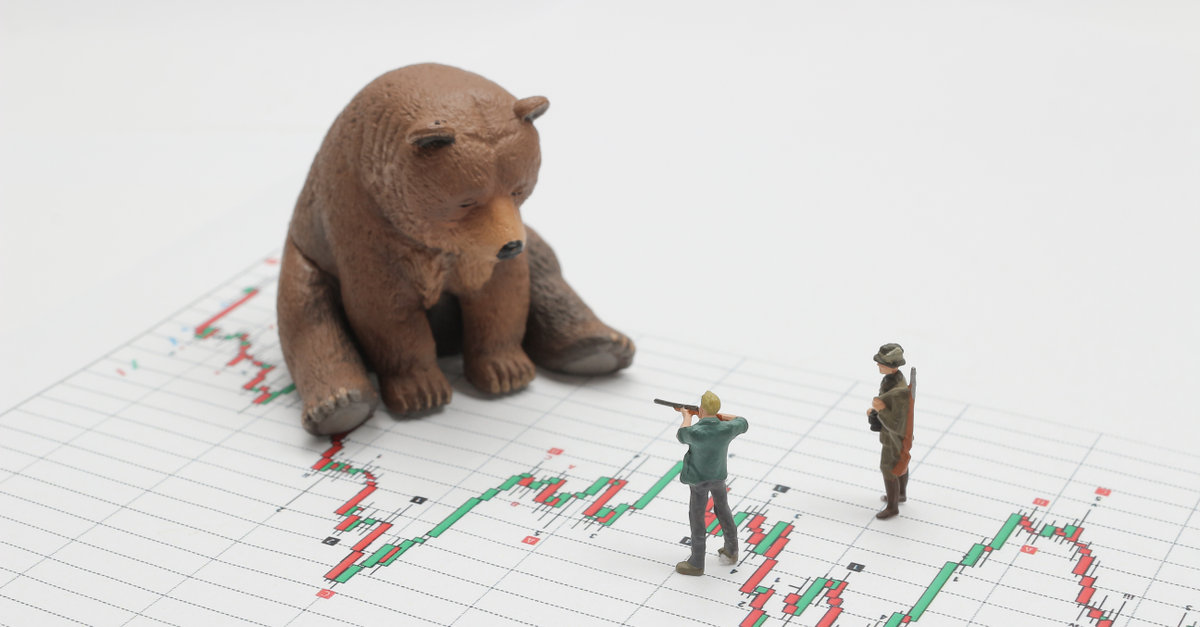
Three Strong Investments in 2022 For Those With Over $100,000
2022 has been brutal for investors so far. Stocks have entered a bear market, a cryptocurrency sell-off wiped $200 billion in value in a single day, and blue-chip growth names are deep in the red. The S&P 500 has shed 14% of its value so far this year, while the Nasdaq-100 Technology Sector Index is down 25%, from Bloomberg.
Morgan Stanley actually found that some amateur investors who jumped into the market when lockdowns began in 2020 have lost all their gains. Meanwhile, those holding cash on the sidelines are losing 8.5% of their purchasing power per year due to heightened inflation.
Where is an investor to turn? Despite the turmoil, there are still pockets in the market where investors can find stability and potential returns.
Guggenheim Partners Global Chief Investment Officer Scott Minerd said he would rather invest in art and real estate than in stocks over the next five years. “Until we see some real panic we’re not going to see a real bottom,” Minerd said of the stock market. “Bear markets don’t end at fair value—they tend to overshoot.”
Real Estate
Traditionally, investors flock to real assets during times of inflation because they are seen as better stores of value. Real estate falls into this category because assets such as homes, retail real estate, and commercial real estate will always exist, despite inflationary pressures.
Additionally, real estate is an asset class that allows investors to pass through the cost of inflation to the party paying the lease.
Amid rising interest rates and slowing economic growth, real estate has remained relatively resilient. Some areas of real estate are benefiting from reduced supply, while others continue to see strong structural demand, and others still see their leases linked to inflation.
There continues to be deep investor demand for real estate in the current market environment. While still below record-breaking returns in Q4 2021, investment volumes in Q1 2022 were ahead of pre-pandemic levels in all regions, according to CBRE research.
To invest in real estate, investors can purchase rental properties, flip houses, or invest in REIGs or REITs.
Fine Art
Amidst the turmoil of the traditional stock market, art markets have remained alive and well. So alive and well, in fact, that May 2022 saw eleven auction records for artists, with sales topping $2.5 billion.
Recently an Andy Warhol painting sold at auction for $195 million, the highest price ever for a 20th-century artwork. The Macklowe collection sold at Sotheby’s for $246.1 million, the most ever for a single collection.
This vigor seems counterintuitive during a bear market, but it might make sense in the current environment. First, savings are still high due to slowed consumption during Covid-19, these figures are especially high for high-net-worth individuals. Secondly, inflation spooks investors away from traditional assets and towards real assets that are viewed as a better store of value.
The asset class is viewed as a potential store of value to hedge against inflation because it can appreciate in value over time, and does not generate cash flows subject to purchasing power declines because of its relatively low liquidity.
Additionally, it has low correlation to public markets. In its latest art market report, Citi concluded that art has historically had a near-zero correlation of -.04 to developed equities, the lowest of any major asset class.
According to the same report, the $1.7 trillion asset class has also displayed resilience through various market conditions including the runaway inflation of the 1970s and the market turbulence of COVID-19.
Gold and Other Commodities
Gold has long been viewed as a safe-haven asset during times of high volatility or inflation, along with other real assets. The prevailing belief is that the metal can maintain its value and purchasing power through different market environments.
Physical demand for gold has jumped 34% year-over-year in the first quarter of 2022, according to a report by the World Gold Council. Global gold demand was 19% above its five-year average in Q1 2022. This rise was largely driven by the strongest quarterly inflows to gold ETFs since 2020, the last time a threat of global recession caused investors to flood the gold markets.
As for other real commodities, prices rise on average by 25% in excess of cash during fast hiking cycles in reflationary environments. Thus far in 2022, they are up 13.3% since the initial rate hike this year, implying potential upside from these levels, according to Bloomberg’s commodity price index.
Gold generally behaves differently from more cyclical commodities. A rising real rate and a strong dollar are headwinds for gold.
This material is provided for informational purposes only and should not be relied on as investment advice.